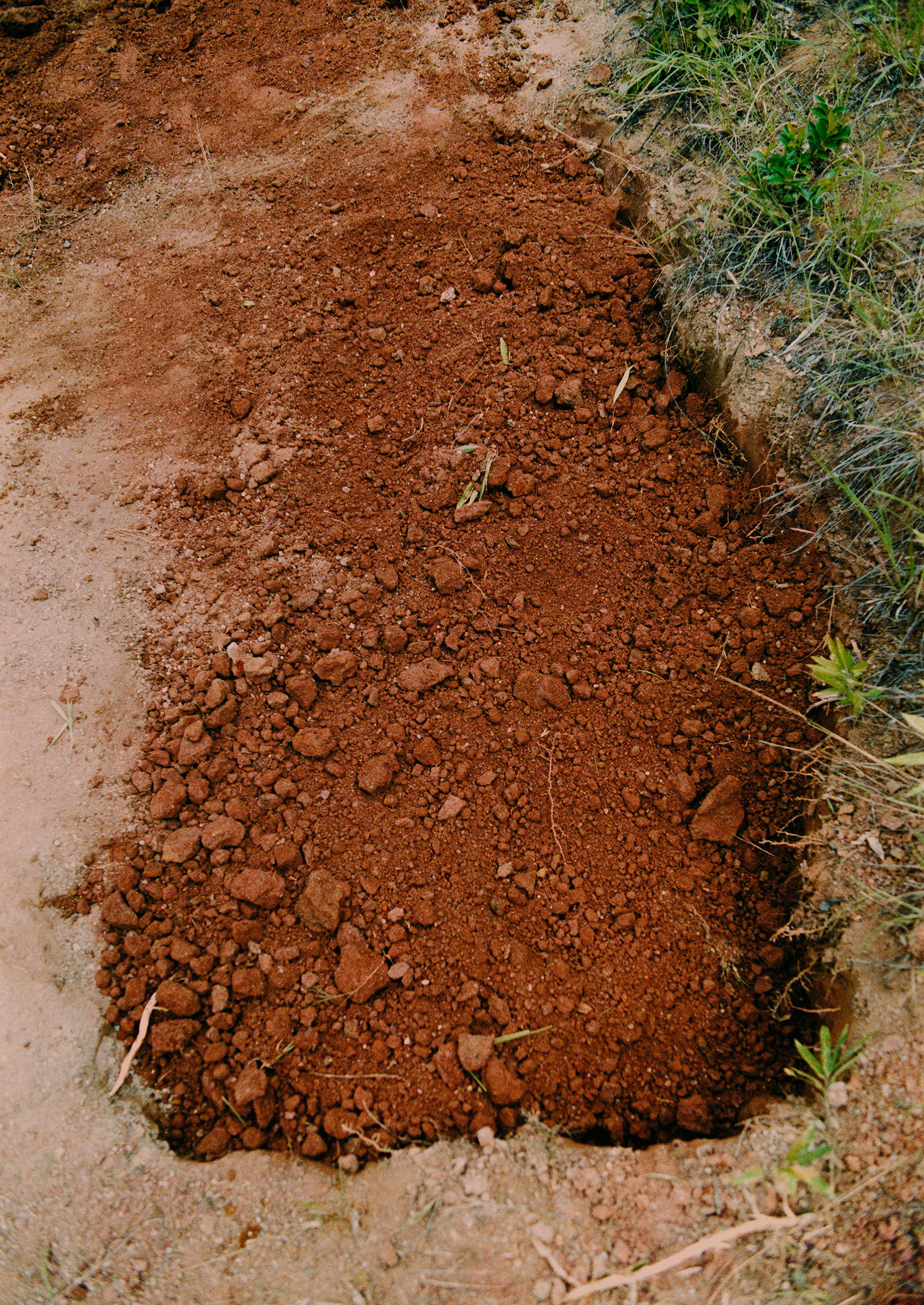Free Press
AAWAA
Ni

I have begun a study of clothing in Tamba. When I say clothing, I am thinking of the nightgowns and bedclothes that were made long ago in the ancient Tamba province.
In the past, the ancient Tamba Province was a large kingdom that stretched from the Tango Peninsula to Miyama in Nantan, which is where I live, and to Hikami and Taki in Hyogo Prefecture. The Tango Peninsula was the center of the kingdom and many ancient burial mounds and ruins can still be found there. Many Jomon-era ruins have also been discovered, giving one a sense of the life of the Jomon people. It is said that the name “Ni” comes from the brownish-red soil of Tamba and Tango because of its high iron content. Living in the area, one can see patches of red soil and reddish stones in mountain streams. Some of the well water also has a reddish tinge.
Red has been considered a precious color since primordial times. In the Jomon period, people painted their faces and bodies with bright red cinnabar. Cinnabar is a mercury-based mineral, and the finer it is crushed, the more vividly the vermilion red color appears. Jomon period earthenware with cinnabar has been excavated from the Kannonji-Honma and Sara-Okayama ruins in Kashihara City, Kashihara Prefecture. In the Yayoi period, cinnabar was used for the burial of rulers. Many pieces of earthenware decorated with cinnabar have been excavated from tombs. In the tombs of the Tango Misaka Shrine, soil stained bright red with cinnabar was also excavated, and a piece cut out of the soil is now in the archives of the Tango Museum as a research artifact. It is a beautiful red and the intense contrast of earth and vermilion gives the impression of the ancient colors as they were.
Silk was introduced to Tamba in ancient times and its use continues through the present day. Tango Chirimen, a traditional silk cloth, is still produced according to the ancient technique that has been handed down to the present. In the distant past, when people were laid to rest in wooden coffins dyed red with cinnabar, were they dressed in silk? Cinnabar was applied to their faces, bodies, and clothes. They were buried in red, praying for the resurrection of life. Now we see only the red vermilion in the soil of the Ni.
AAWAA
August, 2023



 Facebook
Facebook Twitter
Twitter